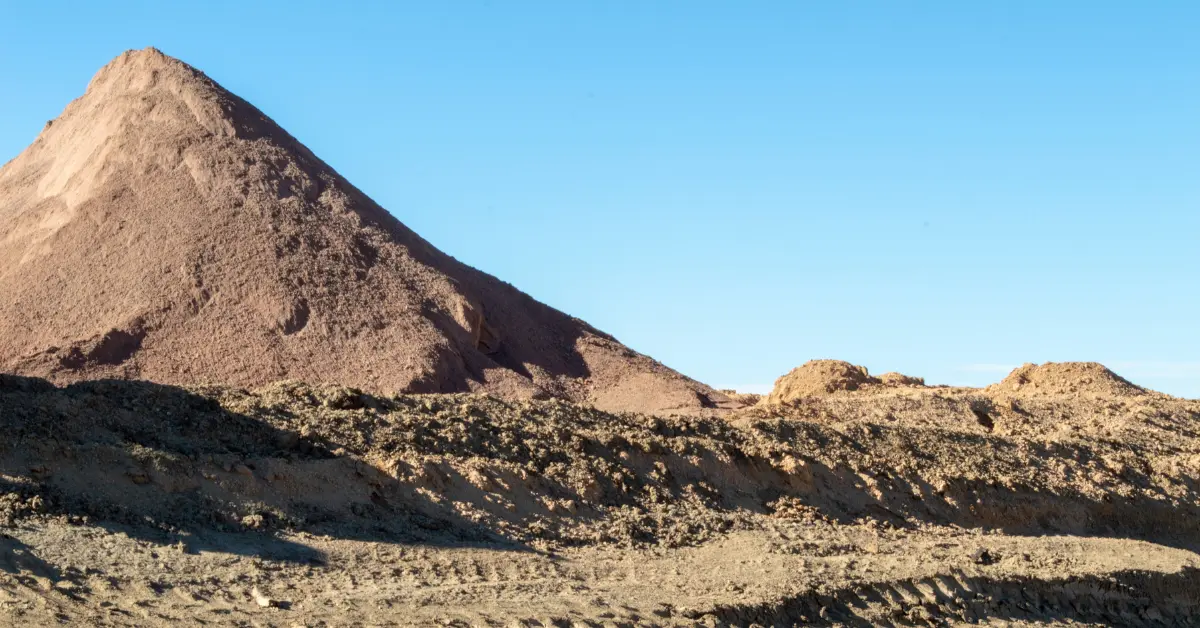
Understanding the fill dirt for the septic system is crucial for successful installation. The fill dirt you choose not only supports the physical structure of the septic tank but also affects the overall operation and efficiency of the system. It provides a stable foundation that prevents the tank from shifting and protects the pipes from damage due to external pressures. Moreover, appropriate fill dirt facilitates effective drainage and filtration, which are essential for the long-term functionality of the septic system.
Soil Types and Their Suitability for Septic Systems
The type of soil present at a septic system installation site is one of the most critical factors affecting both the safety and performance of the system. Four primary soil types, sandy, clay, loamy, and organic soils, each bring distinct characteristics that influence how effectively a septic system can treat and disperse wastewater. Sandy soils are composed of large, coarse particles that create substantial pore spaces, allowing water to drain rapidly. This high permeability can be a double-edged sword: while it helps prevent waterlogging and supports efficient drainage, it also means that wastewater may move through the soil too quickly, reducing the contact time needed for natural filtration and treatment. As a result, sandy soils can pose a risk of contaminants leaching into groundwater if not properly managed with engineered solutions or advanced treatment systems.

In contrast, clay soils consist of very fine particles that pack tightly together, yielding a dense, compact structure with minimal pore space. This density severely restricts water movement, causing slow drainage and a tendency for water to accumulate. When used as fill or drain field material, clay soils can hinder the percolation of effluent, increasing the risk of system backups, surface pooling, and even structural damage due to expansion and contraction with moisture changes. These challenges make clay soils generally unsuitable for conventional septic systems, often necessitating the use of specialized designs like mound systems or engineered fill to ensure safe operation.
Loamy soils, which are a balanced blend of sand, silt, and clay, are widely considered the ideal soil type for septic system installation. Their moderate particle size and structure offer both adequate drainage and sufficient retention for effective wastewater treatment. Loamy soils promote the formation of stable aggregates, enhancing both aeration and microbial activity—key factors in breaking down organic matter and attenuating pathogens. This balance enables effluent to flow at a rate conducive to natural purification, thereby reducing the risk of groundwater contamination while preventing surface saturation.
Organic soils, often found in low-lying or marshy areas, are rich in decomposed plant material and have high moisture retention. While this organic content can foster robust microbial communities, it also leads to excessive water retention and ongoing decomposition, which can destabilize the ground and impede proper drainage. As a result, organic soils are typically unsuitable for septic system installation, as they fail to provide the stability and permeability required for safe, long-term operation.
Septic System Installation Process
Installing a septic system involves a series of methodical steps to ensure the system operates efficiently and safely for years to come. Understanding each phase of the process helps homeowners and professionals coordinate efforts, minimize errors, and achieve a successful installation.
- Site Preparation and Excavation: The installation process begins with careful site preparation, which includes marking the designated locations for the septic tank and drain field based on the system’s design. Contractors clear the area of debris and vegetation, then use excavation equipment to dig precise trenches and a tank pit according to the required dimensions and depths. Ensuring stable, level ground is critical at this stage, as it sets the foundation for the system’s long-term stability and function.
- Septic Tank Placement: Once excavation is complete, the septic tank is carefully lowered into the prepared pit, making sure it sits level and at the correct depth. Installers check the alignment of inlet and outlet connections to facilitate smooth waste flow from the house and toward the drain field. Proper positioning is essential to prevent shifting or settling, and installers may use gravel or sand as a base to further stabilize the tank before securing all connections.
- Drain Field Setup: After the tank is set, attention turns to the drain field, where perforated pipes are laid within trenches to distribute effluent evenly. The pipes are typically surrounded by layers of gravel or aggregate to promote filtration and prevent clogging. Installers ensure the pipes maintain a consistent, gentle slope to facilitate gravity-driven wastewater movement. The drain field is then covered with a protective barrier, such as geotextile fabric, to prevent soil intrusion and maintain system efficiency.
- System Connection and Initial Backfill: With the tank and drain field in place, the system is connected to the household plumbing, ensuring all joints are watertight and properly aligned. Installers test the connections for leaks before proceeding. Initial backfilling is performed in stages, compacting soil around the tank and pipes to provide support and minimize future settling. Careful backfilling protects the system’s integrity and prepares the site for final restoration and landscaping.
By following these structured steps, property owners and professionals can ensure a reliable, long-lasting septic system. Each phase builds upon the last, emphasizing the importance of precision, stability, and attention to detail throughout the installation process.
Regulatory Compliance and Permitting: The Foundation of Safe Septic System Installation
When installing a septic system, strict adherence to local building codes, permitting procedures, and regulatory requirements is not just a bureaucratic hurdle. It is a fundamental safeguard for public health, environmental protection, and the long-term reliability of the system. Every municipality and county has its own set of regulations governing septic system installation, designed to ensure that wastewater is managed in a manner that prevents groundwater contamination, protects surface water bodies, and maintains the safety of the surrounding community. Before any work begins, property owners or contractors must thoroughly research and understand these local codes, which typically dictate critical factors such as the minimum distance between the septic system and wells, streams, or property lines; the approved types of tanks and materials; the sizing of the drain field based on soil percolation rates and household occupancy; and the required methods for soil testing and site assessment.
Securing the appropriate permits is an essential step that formalizes compliance with these regulations. The permitting process generally requires the submission of detailed system plans, including site maps, soil test results, and engineering specifications, to the local health department or building authority. These plans are reviewed to confirm that the proposed system design meets all legal and technical requirements, and may be subject to revision if deficiencies are found. In many regions, a site visit by an inspector is also mandated before a permit is issued, ensuring that the chosen location is suitable and that the design accounts for unique site conditions such as high water tables, shallow bedrock, or steep slopes. Only after receiving official approval can excavation and installation proceed, and any work conducted without the proper permits may result in costly fines, forced removal, or legal action.
During installation, compliance must be maintained at every stage, from excavation and tank placement to backfilling and final grading. Inspections by local authorities are often required at key milestones to verify that the work matches the approved plans and adheres to code. These inspections help catch potential issues early, such as improper setbacks, inadequate soil types, or faulty connections, which could otherwise lead to system failure or environmental harm. Once installation is complete, a final inspection is typically conducted before the system is put into operation. Passing this inspection and obtaining a certificate of approval not only ensures that the system is safe and legal to use but also protects the property owner’s investment and facilitates future property transactions.
The Role of Fill Dirt in Septic System Installation
Supporting the Septic Tank and Protecting Pipes
Properly selected and compacted fill dirt provides a stable base that prevents the tank from shifting or settling unevenly, which can lead to structural damage. It also acts as a protective layer around the pipes, shielding them from external pressures and potential damage from ground movements or heavy surface loads.
Facilitating Proper Drainage
Dirt for the drain field must be carefully selected to facilitate proper wastewater treatment and prevent system failure. The ideal fill dirt helps distribute the effluent evenly through the drain field, allowing optimal infiltration into the surrounding soil. This process is essential for the biodegradation of the effluent, which occurs as it percolates through the soil. Adequate drainage is crucial to avoid water pooling and the subsequent risk of untreated sewage surfacing, which poses environmental and health risks.
Maintaining Ground Stability and Grading
Septic system ground material must maintain solid ground stability and proper grading. This stability is vital for maintaining the physical integrity of the system and ensuring that surface water flows away from it to prevent flooding and saturation. Grading with the best fill dirt for septic tanks ensures that runoff is directed away from the system, reducing the risk of water infiltration that can overload and disrupt the treatment processes.
Preventing System Shifting and Settling
Using compacting fill dirt for septic systems is a preventive measure against the shifting and settling of the system components. Over time, the ground can shift due to various factors, including freeze-thaw cycles, changes in moisture content, and natural earth settling. A well-compacted fill minimizes these movements, providing a uniform and stable base that keeps the septic tank and drain field in place. This stability is crucial to prevent breaks in the system that can cause leaks and system failures.
Interaction Between Soil and Wastewater Constituents: Implications for Septic System Safety
The interaction between soil and the myriad constituents present in wastewater is a critical determinant of septic system safety and environmental protection. Once effluent leaves the septic tank, it enters the soil environment, where a complex series of physical, chemical, and biological processes govern the fate of organic substances, nutrients such as nitrogen and phosphorus, surfactants, and microbial pathogens. The effectiveness of these processes—and thus the safety of the septic system—varies significantly depending on the soil type.
Sandy soils, characterized by large particle sizes and high porosity, allow wastewater to percolate rapidly. While this facilitates efficient drainage and minimizes surface pooling, it also reduces the contact time between effluent and soil particles. As a result, there is less opportunity for the filtration and microbial decomposition of organic substances, as well as for the adsorption and transformation of nutrients and pathogens. Nitrogen, often present as nitrate after initial treatment, is highly mobile in sandy soils and can quickly leach into groundwater, posing a risk of contamination. Similarly, phosphorus, which tends to bind to soil particles, may be inadequately retained in coarse-textured soils, especially if the water table is shallow, increasing the likelihood of nutrient pollution. Surfactants and other organic compounds may pass through sandy soils with minimal attenuation, while pathogenic bacteria and viruses are less likely to be filtered out, raising public health concerns.
In contrast, clay-rich soils possess fine particles and minimal pore spaces, resulting in slow wastewater movement and prolonged contact with soil constituents. This extended interaction enhances the removal of organic matter through microbial activity and filtration, and increases the potential for adsorption and precipitation of phosphorus. Clay minerals, particularly those with high cation exchange capacity, can effectively immobilize nutrients and certain contaminants. However, the low permeability of clay can lead to waterlogging and anaerobic conditions, which may hinder the breakdown of organic substances and facilitate the persistence of pathogens. Additionally, slow percolation can cause effluent to surface, undermining system safety and increasing exposure risks.
Loamy soils, with their balanced composition of sand, silt, and clay, offer an optimal environment for the treatment of wastewater constituents. The moderate drainage rate allows sufficient time for the microbial degradation of organic matter, adsorption and transformation of nutrients, and effective filtration of pathogens. Loamy soils typically support robust microbial communities that play a vital role in breaking down organic pollutants and attenuating pathogens. Phosphorus is more effectively retained through adsorption and precipitation, while nitrogen may be removed via denitrification under suitable conditions. Surfactants, depending on their chemical nature, can be adsorbed or degraded more efficiently in loamy soils compared to sandy or clay soils.
Organic soils, which are high in decomposed plant material and retain significant moisture, pose unique challenges. While their organic content can foster microbial activity, excessive moisture and poor drainage often create anaerobic conditions that slow the breakdown of contaminants and enable the survival of pathogens. Moreover, the instability and ongoing decomposition of organic soils can compromise the structural integrity of the septic system and lead to uneven treatment.
Soil Selection in Site Preparation
The process of septic tank site preparation involves careful consideration of soil selection. Choosing fill dirt for septic systems requires knowledge of the soil's physical properties, including its drainage capabilities and load-bearing capacity. The right soil will not compress under the weight yet will allow for adequate percolation of effluent. Improper soil selection can lead to many problems, ranging from inadequate effluent treatment to physical damage to the system itself.
Septic System Soil Requirements and Site Conditions
Avoiding Waterlogging or Rapid Leaching
Maintaining a balance in soil moisture levels is critical for efficiency. The proper soil for septic systems needs to be strictly followed to prevent conditions like waterlogging or rapid leaching, which can severely affect system performance. Waterlogged soils can cause anaerobic conditions that hinder the breakdown of effluent, while soils that leach too rapidly may not provide sufficient time for wastewater treatment.
Understanding Local Code
Navigating the septic system installation dirt requirements involves understanding local building codes and environmental regulations. These standards are designed to protect public health and the environment from the impacts of improperly treated sewage. Local codes may dictate the type of fill dirt used, the depth and size of the septic system, and other installation specifics. Compliance with these regulations is essential for legal and operational reasons, ensuring that the functions are within the set guidelines and avoid potential legal complications.

Assessing the Existing Soil Profile
A comprehensive assessment provides valuable insights into the soil’s characteristics, helping engineers and installers to design an effective and durable septic system. Key aspects to evaluate include:
- Texture and Composition: A comprehensive soil analysis involves laboratory tests that quantify these components, using techniques such as sieve analysis and sedimentation tests to produce a precise soil profile. This information is essential for predicting how the soil will interact with septic effluent over time. Furthermore, understanding the particle size distribution helps determine the need for soil amendments or special installation techniques to improve percolation rates and prevent clogging. Detailed records of soil composition for septic systems also assist in tailoring the system design to the specific site conditions, ensuring that it will operate efficiently.
- Organic Material Content: Organic matter, derived from decomposed plant and animal residues, can significantly influence the soil’s physical and chemical properties, such as its nutrient availability, pH balance, and microbial activity. High levels of organic content can enhance soil fertility and structure, promoting better water infiltration and aeration. However, excessive organic material may lead to issues such as clogging and reduced percolation if not properly managed. The outcomes of these tests provide critical insights into how the soil will interact with septic effluent, particularly regarding the breakdown of organic contaminants and the potential for biofilm formation that could impede water movement. In addition, the organic content influences the soil’s capacity to filter and naturally treat wastewater, playing a vital role in attenuating pathogens and nutrients.
- Depth to Bedrock or Water Table: Determining the depth of the underlying bedrock or the local water table is a pivotal element in the planning and installation of a septic system. This assessment involves careful measurement and mapping to establish the vertical distance between the surface soil and any impermeable layers, such as bedrock, or the level at which groundwater is encountered. A sufficient buffer is necessary to ensure that it functions effectively and that effluent does not come into direct contact with the water table, which could contaminate groundwater resources. Field investigations typically include drilling or using soil borings to obtain accurate depth readings, which are then corroborated with hydrogeological surveys and historical data from nearby sites. This information is critical in determining the septic tank's and leach field's design and placement. The data also informs engineers about potential challenges, such as limited soil depth that might necessitate alternative systems like mound or pressure distribution systems, particularly in areas with high water tables or shallow bedrock.
- Topography: Evaluating the topography of the proposed installation site is a key factor in the overall design and success of a septic system. A site with a gentle slope may facilitate natural runoff and efficient dispersal of effluent, while steeper terrains can pose challenges that require advanced engineering solutions to prevent runoff issues and localized flooding. Detailed contour mapping and gradient analysis help determine the most suitable location for the septic tank and drain field, ensuring that natural water flow supports rather than hinders system performance. This process involves using modern surveying equipment and techniques such as GPS mapping and digital terrain modeling, yielding precise and actionable data. Topographical insights inform decisions regarding the placement of risers, the need for pump systems, or the potential for constructing additional drainage channels to manage excess water.
Careful pre-installation evaluation is crucial for ensuring that the septic system is built on a solid foundation, tailored to the specific site conditions, and capable of providing reliable service for years to come.
Properties and Comparison of Clean Fill Dirt vs. Regular Dirt
When selecting material for construction projects, it’s essential to understand the fundamental differences between clean fill dirt and regular dirt, particularly in terms of stability, load-bearing capacity, environmental safety, and suitability for building applications. Clean fill dirt is specifically processed to be free of organic matter and contaminants, resulting in a uniform, consistent material that compacts predictably and provides a stable, non-shifting base. This makes clean fill dirt ideal for supporting heavy structures, such as building foundations or roadbeds, where reliable load-bearing capacity and long-term stability are critical. In contrast, regular dirt, often referred to as topsoil or native soil, contains varying amounts of organic material, debris, and moisture. While these properties make regular dirt fertile and well-suited for landscaping or gardening, they also introduce the risk of settling and shifting as organic matter decomposes over time. This instability can compromise the integrity of any structure built upon it. Additionally, clean fill dirt is screened to remove harmful substances, ensuring compliance with environmental regulations and reducing the risk of contaminant leaching into surrounding soils or water sources. Regular dirt, lacking such screening, may harbor pollutants that pose environmental and health risks. For these reasons, clean fill dirt is the preferred choice for construction projects where safety, predictability, and long-term performance are priorities.
Types of Fill Dirt for Septic System Projects
Clay Fill Dirt
Clay fill dirt is often chosen for its septic system backfill material due to its dense nature, which provides a stable foundation. However, while its density can be beneficial for supporting structures, it has significant drawbacks regarding drainage. Clay's compact composition can impede wastewater flow through the drain field, potentially leading to system backups and decreased efficiency. This soil type also expands and contracts with moisture changes, which can lead to structural instability over time.
Sandy Fill Dirt
Highly regarded in the context of septic system installations due to its excellent drainage properties, making it an ideal choice for use in drain fields. Septic system installation dirt should facilitate quick and effective wastewater treatment, and sandy soil meets this requirement by allowing water to percolate rapidly. However, while sandy fill dirt has many advantages, it's not without its challenges:
- Rapid Drainage: The soil’s coarse texture and minimal clay content allow wastewater to percolate rapidly, ensuring that excess moisture is swiftly carried away from the septic system. However, this rapid drainage can sometimes become a double-edged sword, as the accelerated water movement may not allow sufficient time for effective biological treatment. In such cases, the septic system may struggle to adequately process effluent, potentially leading to suboptimal degradation of organic matter and reduced treatment efficiency. Engineers must carefully balance the benefits of rapid drainage with the need for prolonged contact between the wastewater and the soil’s microbial communities, which play a pivotal role in breaking down contaminants.
- Nutrient Retention: One of the noteworthy properties of this safe fill dirt for septic systems is its limited capacity for nutrient retention, which can profoundly impact efficiency. Sandy soils, by their very nature, have larger particle sizes and less surface area than clay or loam, which means they hold onto essential nutrients like nitrogen, phosphorus, and organic compounds to a lesser extent. This characteristic may lead to faster leaching of nutrients away from the root zone, potentially affecting the microbial populations vital for breaking down effluent. The scarcity of retained nutrients can result in an environment where the necessary biofilm formation and microbial activity required for effective wastewater treatment are compromised.
- Structural Support: The inherent loose composition of sandy fill dirt poses specific challenges when it comes to providing adequate structural support around septic system installations. Its granular nature means that, unlike more cohesive soils, sandy fill does not naturally compact into a dense, stable base. This can lead to potential settling or shifting over time, which may compromise the stability of the septic tank and associated components. To counter these issues, engineers often recommend stabilization techniques, such as mixing the sand with other binding agents or incorporating geotextiles to improve cohesion and load distribution.
- Erosion Control: Sandy fill dirt is particularly susceptible to erosion, a factor that must be carefully managed when designing and installing septic systems. The loose and granular nature of sand means it can be easily displaced by wind or water, especially in areas with high runoff or during heavy rains. This vulnerability necessitates the incorporation of robust erosion control measures to maintain the integrity. Effective strategies might include the installation of vegetative buffers, erosion control blankets, or the use of retaining structures that secure the sandy soil in place. Such interventions help prevent the loss of fill material for the septic drain field, which can lead to exposure or damage to the septic tank and its components. Additionally, erosion control is crucial in safeguarding nearby water resources by minimizing the sediment load that may be carried into groundwater or surface water bodies.
- Heat Absorption: The low moisture retention and high permeability of sand allow it to heat up quickly under direct sunlight and cool down rapidly when the temperature drops. These temperature fluctuations can directly impact the microbial processes essential for wastewater treatment in septic systems. Microbial activity, which is critical for breaking down organic matter in the effluent, is highly sensitive to temperature changes. When the soil heats up, the accelerated metabolic rates of microbes might lead to a burst of activity; however, if the temperature becomes too high, it could inhibit the growth of specific beneficial microorganisms, leading to an imbalance in the treatment process. Conversely, rapid cooling may reduce microbial activity, slowing down the biodegradation of contaminants.
Each aspect presents unique opportunities and challenges that must be addressed through thoughtful design and engineering.
Limitations of Topsoil for Septic Use
Topsoil is generally rich in organic material, which might make it seem like an attractive option for septic use due to its nutrient content and microbial activity. However, topsoil vs fill dirt septic scenarios often reveal that topsoil is unsuitable for septic system backfilling. Its high organic content can lead to excessive settling and compaction over time, disrupting its integrity.
Engineered Fill as a Specialized Option
In scenarios where natural soil conditions are less than ideal for functionality, engineered fill for septic systems presents a reliable alternative. This material is designed to meet precise drainage, load-bearing, and environmental compatibility specifications. Engineered fill typically consists of a blend of soil, sand, and sometimes gravel, calibrated to optimize drainage and stability without the drawbacks of natural soils like high clay or organic content. Customization ensures that it operates effectively, regardless of native soil limitations.
Excavation Best Practices
It involves assessing the site thoroughly to determine the most suitable location and depth for the septic tank, considering factors such as proximity to water sources, property boundaries, and existing structures. Depth planning is critical to ensure the tank is placed below the frost line to prevent freezing and above the groundwater table to avoid contamination. Also, careful excavation helps to minimize disturbance to the surrounding environment and ensures the integrity of the soil that will support the tank.
Site Preparation and Backfilling
Proper site preparation is essential for the safe, long-term performance of a septic system. The process begins with accurately marking the excavation area, using stake flags or spray paint to outline the tank and drain field locations. This careful marking ensures compliance with local setback requirements and helps prevent damage to underground utilities. During excavation, contractors should closely follow the planned dimensions, maintaining the correct depth and slope to ensure effective waste flow and prevent future issues. Safety measures, such as fencing and clear signage, should be implemented to protect workers and property during digging. Once excavation is complete, the base beneath the tank should be leveled and compacted, using native soil or a layer of sand or gravel to provide a stable foundation. Backfilling should be performed in layers, with each layer compacted using mechanical or hand tampers to minimize the risk of settling. Using clean fill dirt or engineered fill around the tank and pipes is recommended to avoid introducing debris or organic matter that could lead to uneven settling or damage. Restoring the surface with topsoil and shallow-rooted vegetation helps prevent erosion and maintains site aesthetics. Adhering to these best practices ensures the septic system remains stable, efficient, and resilient for years to come.
Soil Testing and Evaluation Methods
Below are the methods used to assess soil suitability for septic systems. Once the septic system installation is complete, a thorough testing and inspection process is essential to ensure safety, functionality, and regulatory compliance.
- Conducting a Water-Tightness Test: The first step involves filling the septic tank with water to check for leaks at all joints, seams, and connections. Installers closely monitor the inlet and outlet areas, as well as the tank body, for any signs of seepage or moisture accumulation. Detecting and addressing leaks at this stage is critical to prevent groundwater contamination and ensure the tank’s structural integrity. Any issues discovered are repaired immediately before proceeding to the next phase of testing.
- Performing Dye or Flow Tests: To verify proper flow throughout the system, technicians introduce a non-toxic colored dye or water into the household plumbing. They then observe the movement of the dyed water as it travels from the home, through the septic tank, and into the drain field. This process helps identify any blockages, slow drainage, or backflow issues, ensuring that wastewater is distributed evenly and efficiently without obstruction or unintended pooling.
- Inspecting Drain Field Distribution: An essential aspect of system testing is confirming that effluent is evenly distributed across the entire drain field. Technicians may use camera inspections or flow meters to assess the alignment and slope of the pipes, checking for dips, blockages, or uneven dispersal. Proper distribution prevents localized saturation, which can lead to system overload, environmental hazards, or premature failure of the drain field components.
- Testing Mechanical and Electrical Components:For systems equipped with pumps, alarms, or advanced treatment units, operational tests are conducted to ensure all mechanical and electrical components function as intended. This includes verifying that pumps activate at the correct water levels, alarms respond to simulated faults, and control panels operate reliably. Ensuring these components work properly is vital for maintaining safe operation and preventing system malfunctions.
- Scheduling and Passing the Final Inspection: After internal tests are complete, the property owner or contractor schedules an on-site inspection with the local health department or building authority. The inspector reviews the installation against approved plans and local codes, examining tank placement, drain field configuration, pipe connections, and backfill quality. The official may also witness a live flow or dye test to confirm that the system is leak-free and disperses effluent properly.
- Obtaining Final Approval and Setting Up Maintenance: Once the system passes the final inspection, the inspector issues a certificate of approval or occupancy, granting legal authorization to use the septic system. At this stage, it is also advisable to establish a maintenance schedule, including regular inspections and pump-outs, to ensure ongoing compliance and long-term reliability. This proactive approach helps protect both the property owner’s investment and the surrounding environment.
By following these structured steps, property owners and professionals can ensure that the septic system is safe, compliant, and ready for use. Thorough testing and inspection not only safeguard public health and the environment but also provide peace of mind that the system will function reliably for years to come.

The success of installing a septic system safely rests on meticulous planning and execution, where every choice plays a pivotal role. By adhering to the principles discussed, individuals and professionals alike can ensure that their septic systems are safe, compliant, and capable of serving their purpose for years to come. As environmental standards evolve and new technologies emerge, continuous learning and adaptation will remain key to overcoming installation challenges. Get reliable screened or unscreened fill dirt for your next project by connecting with trusted suppliers at Soil Connect.

.svg)





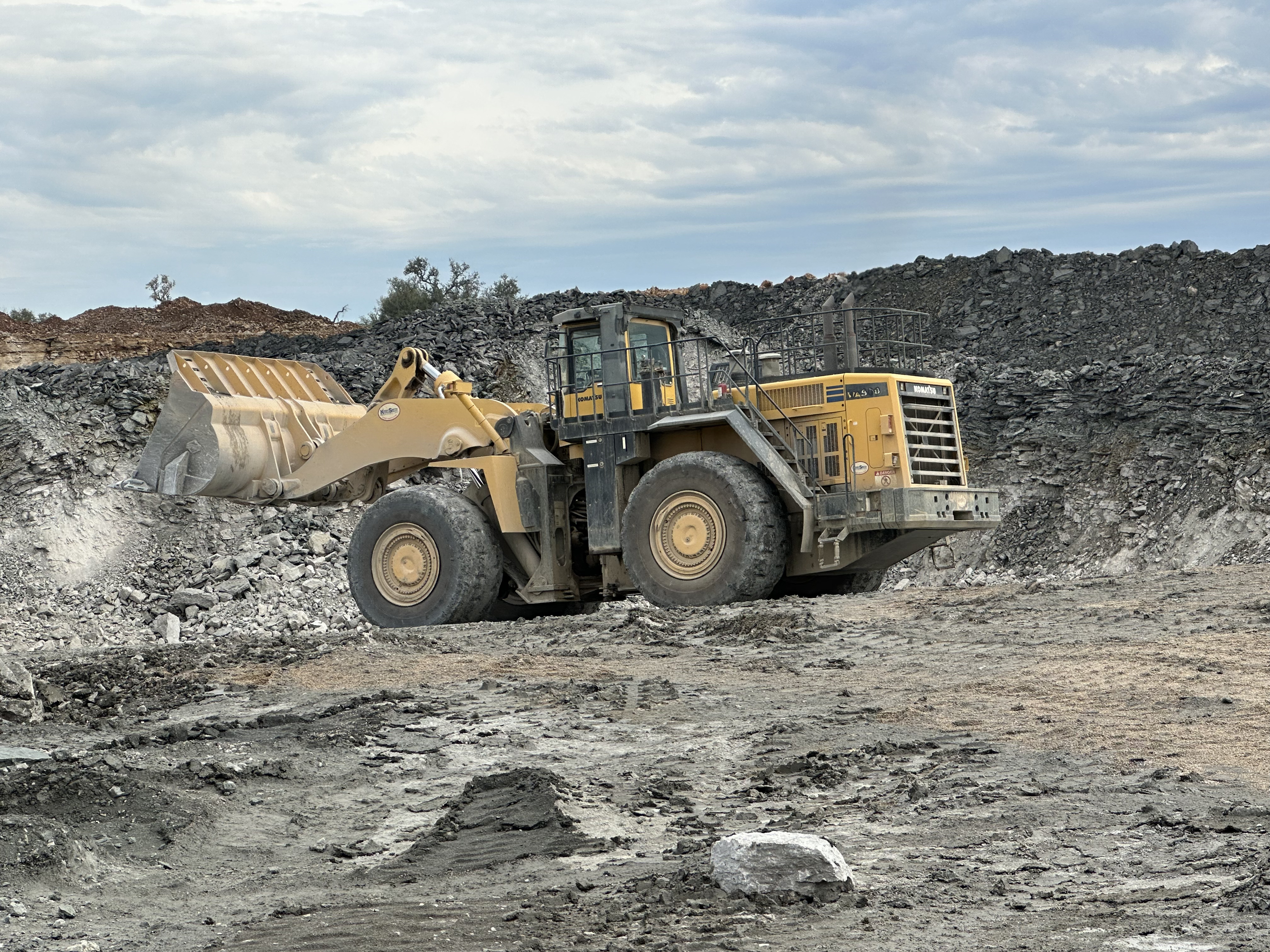




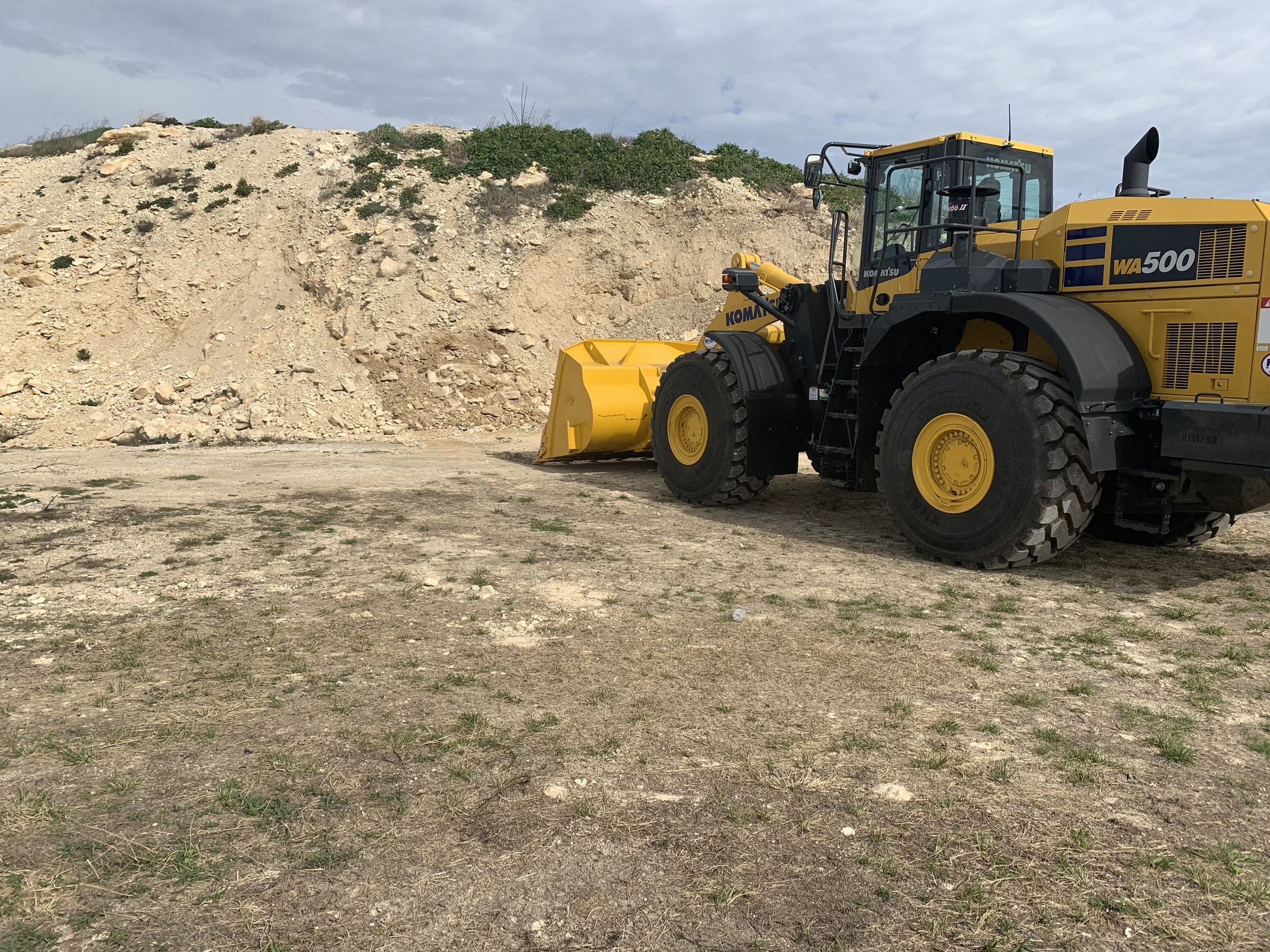
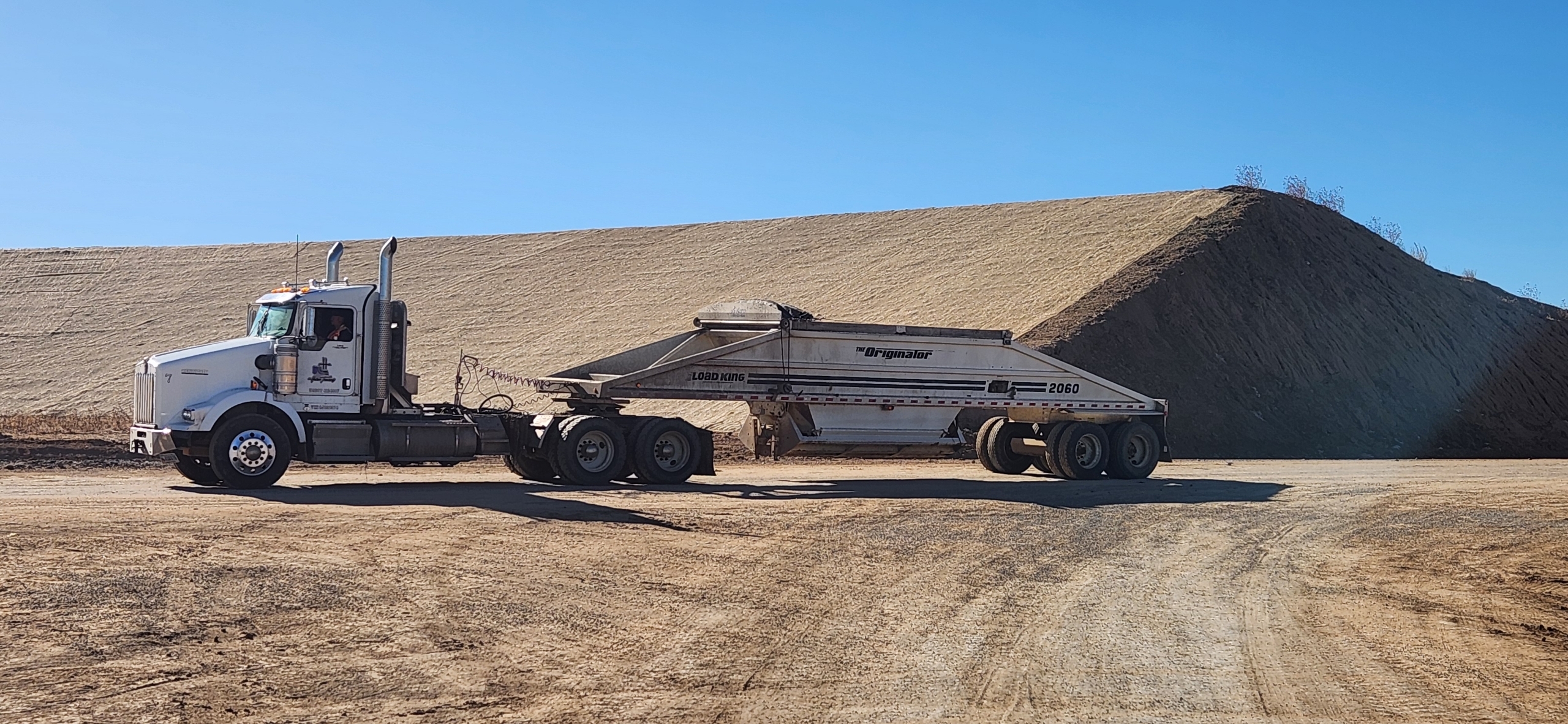
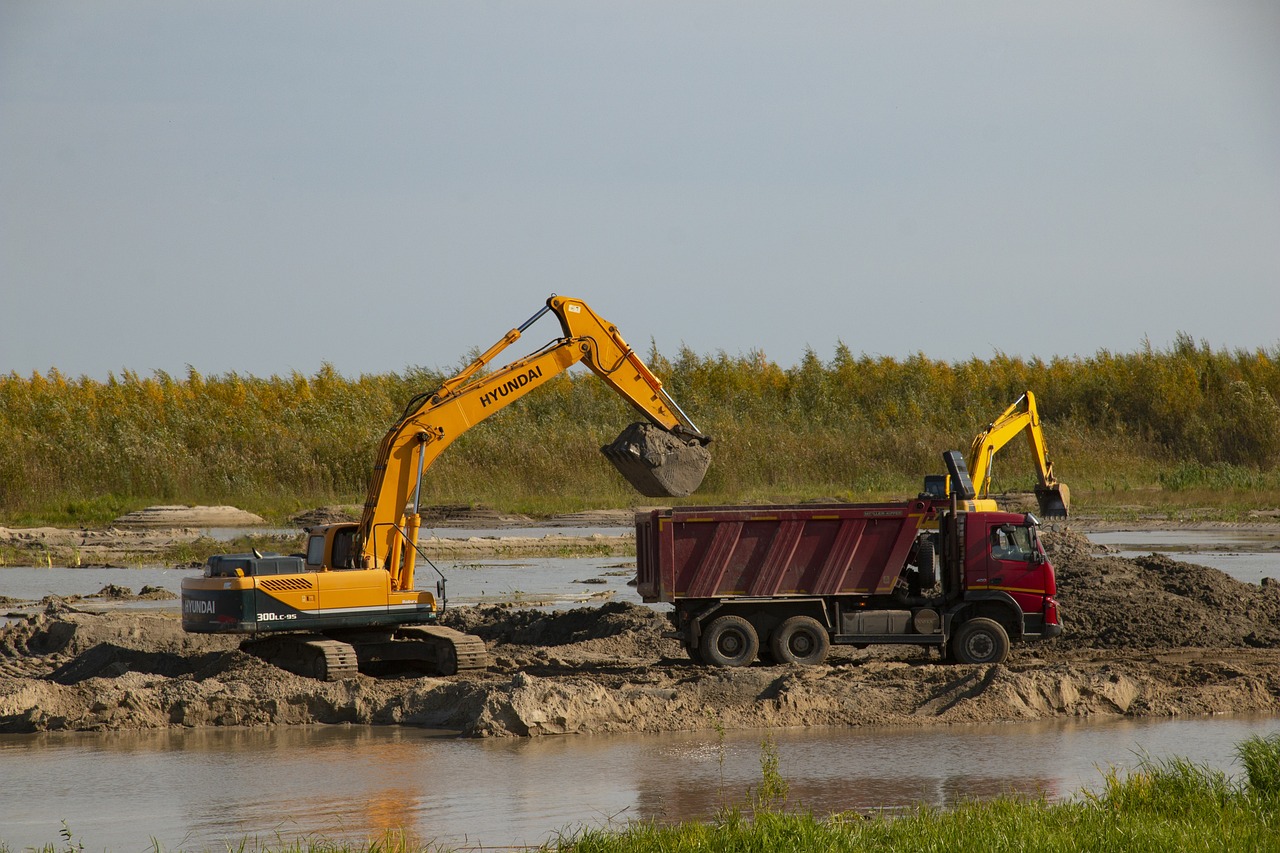

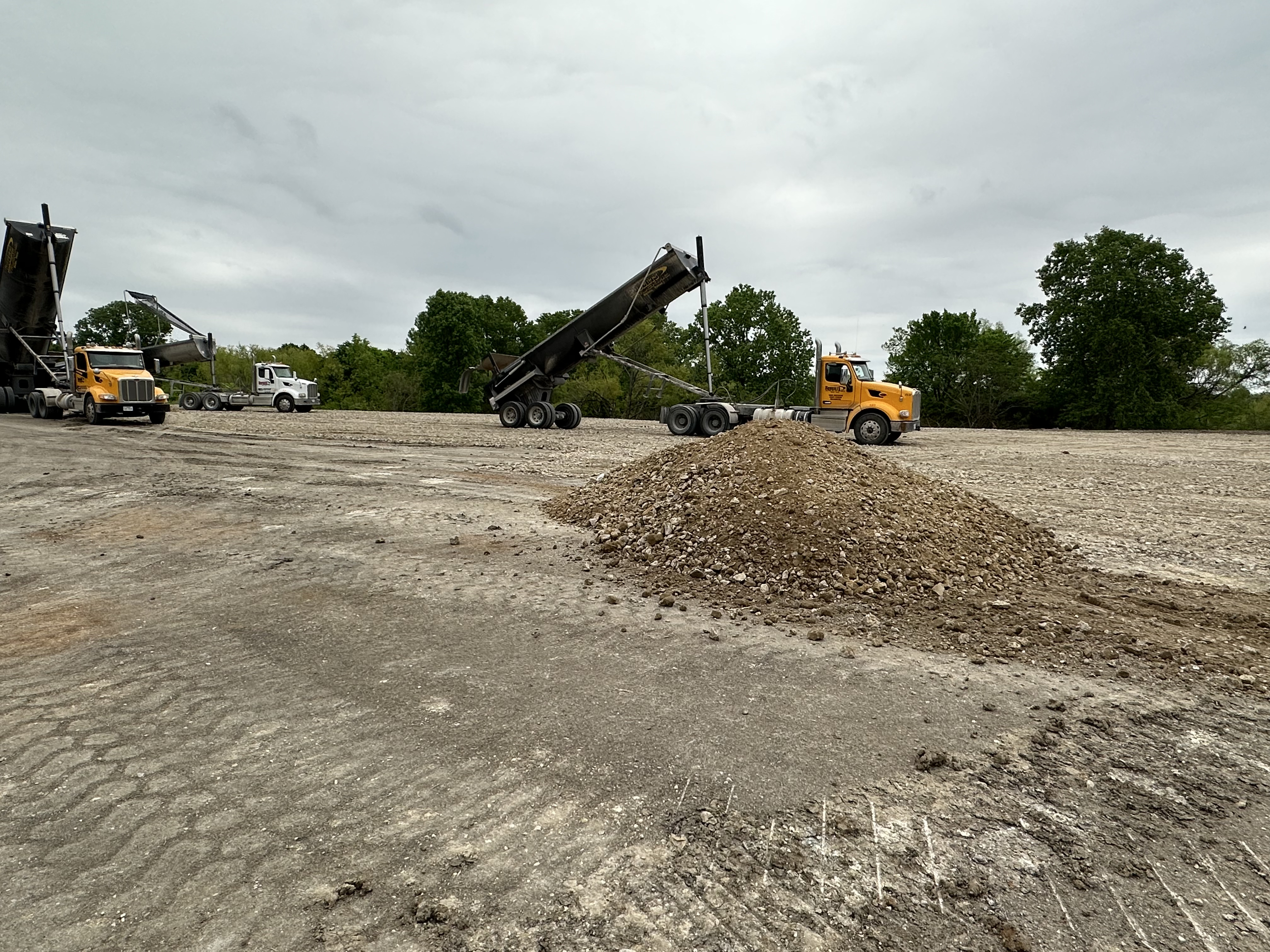

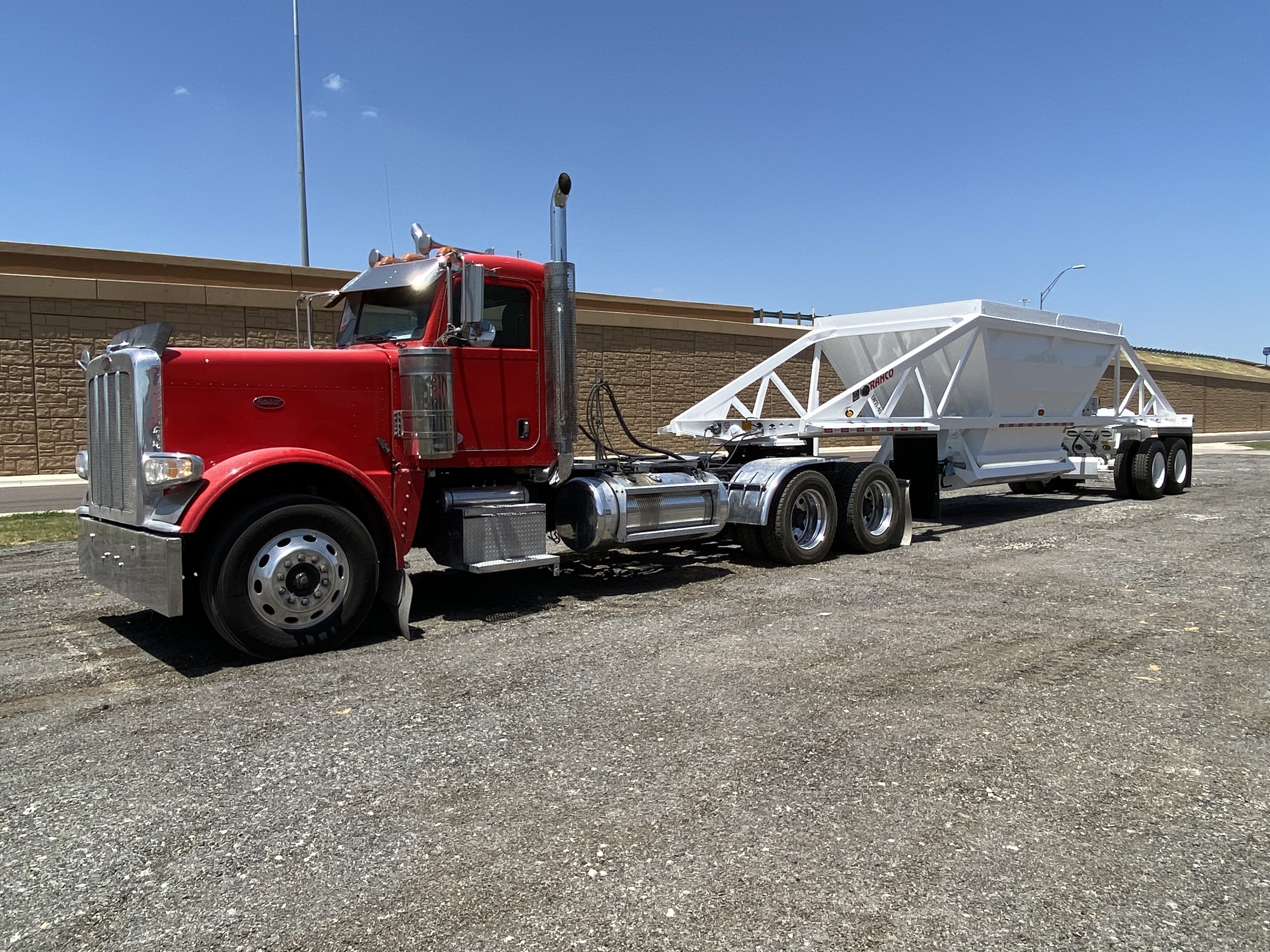
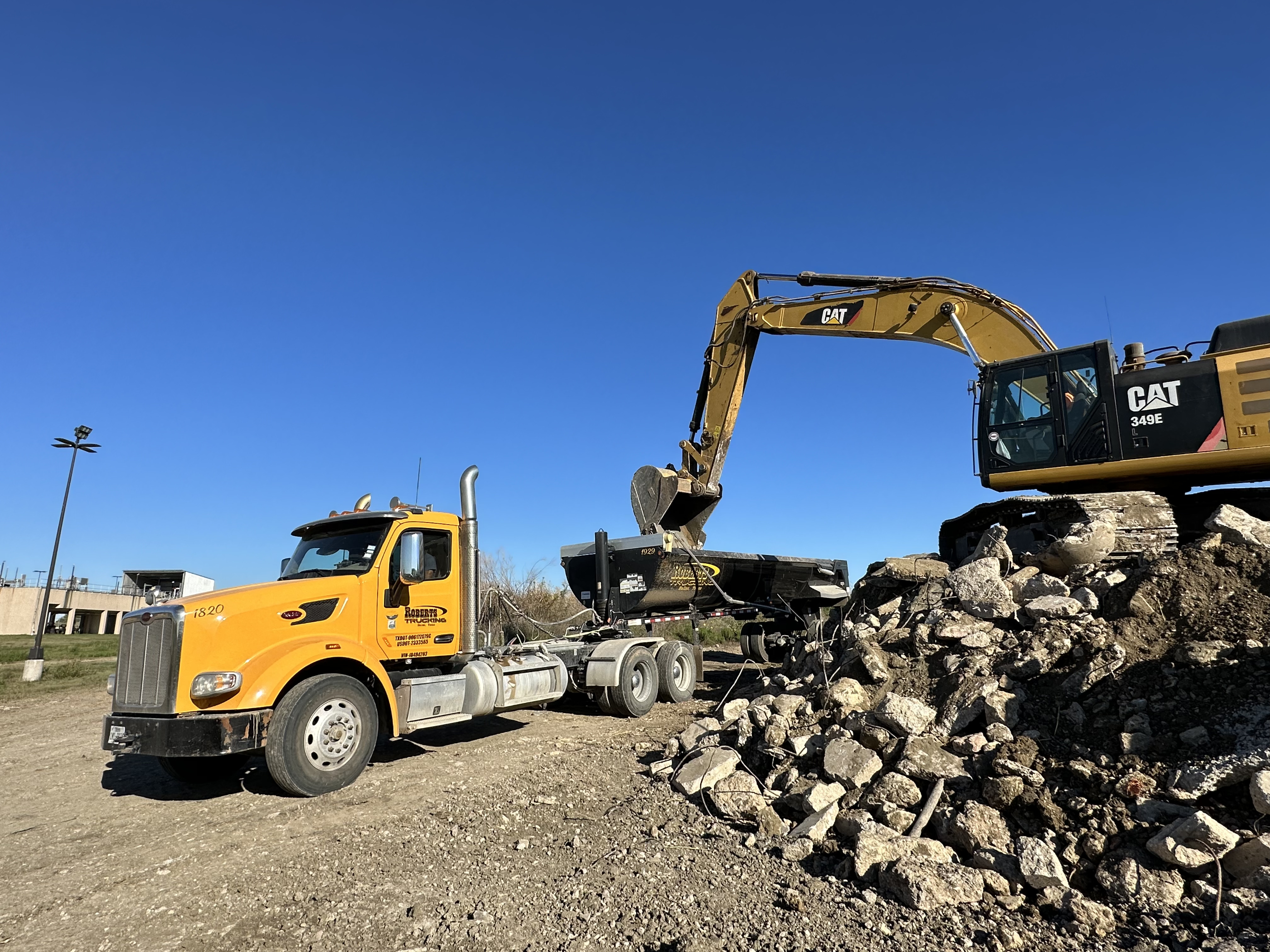
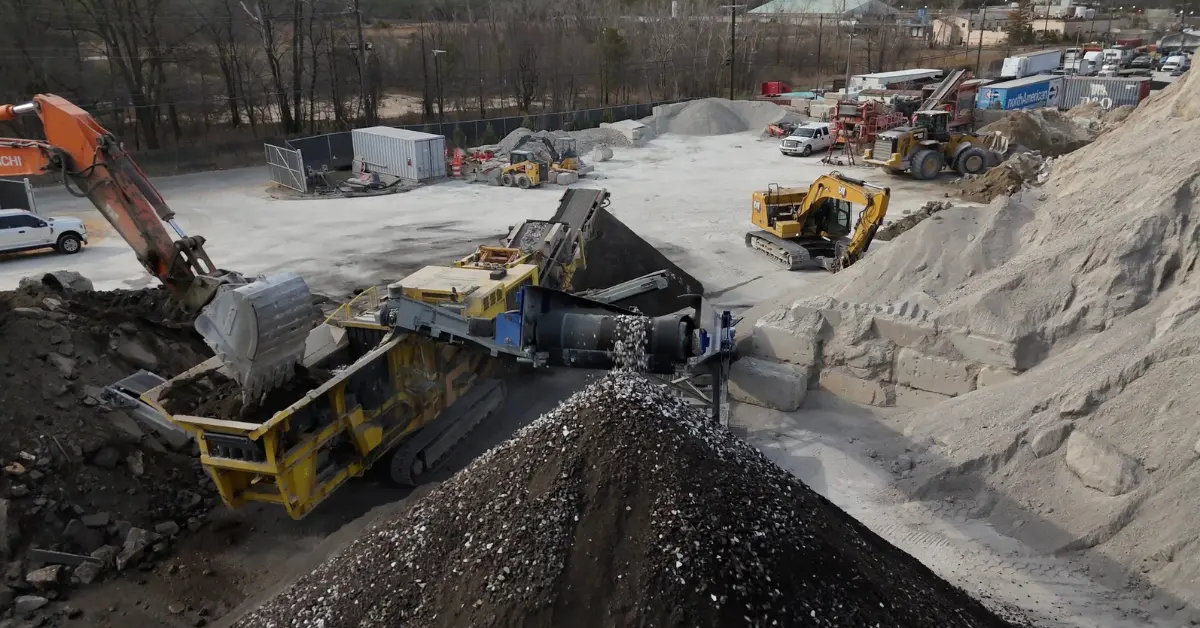
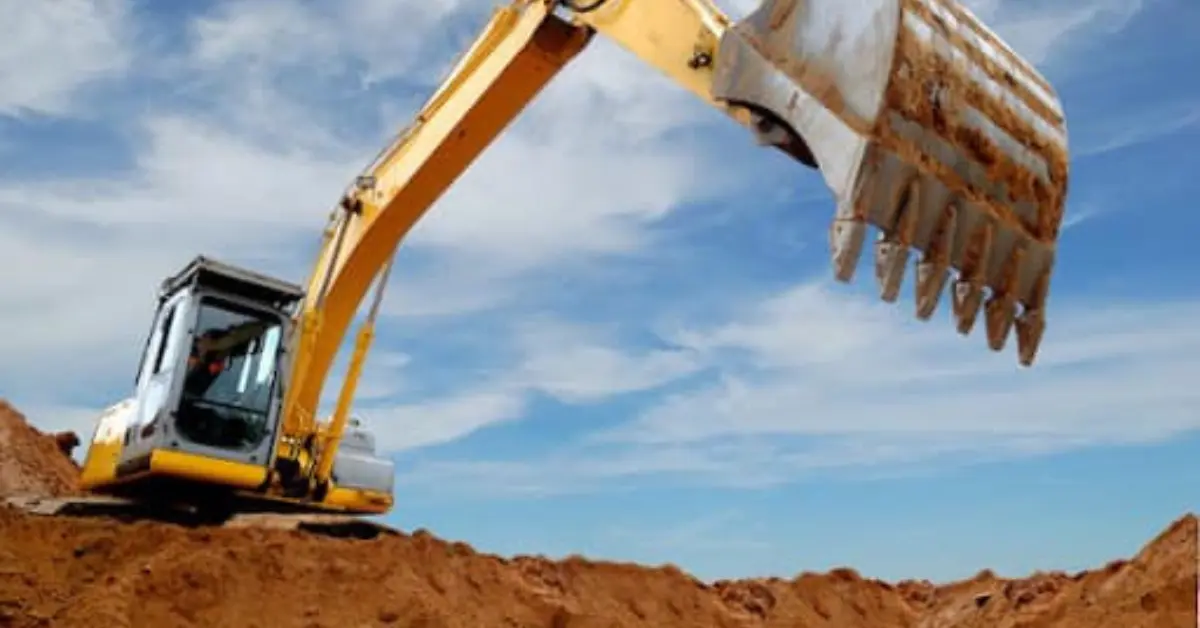
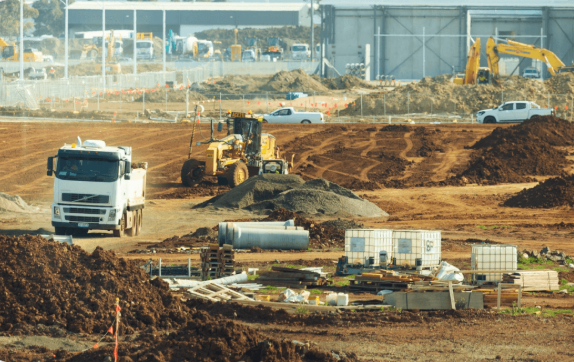
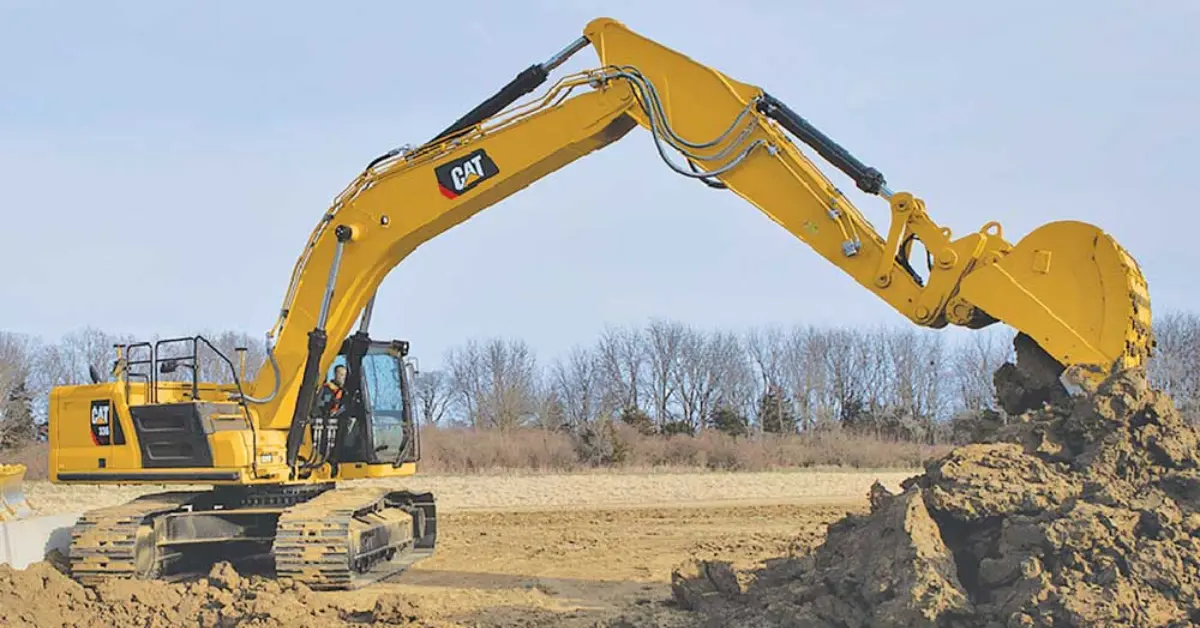
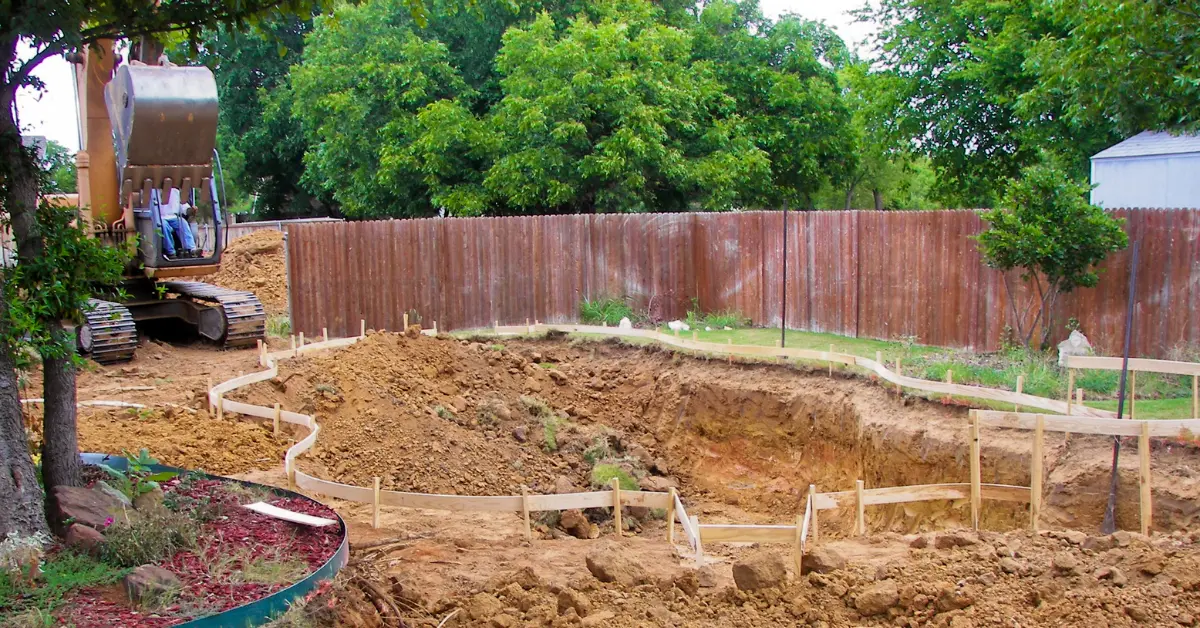
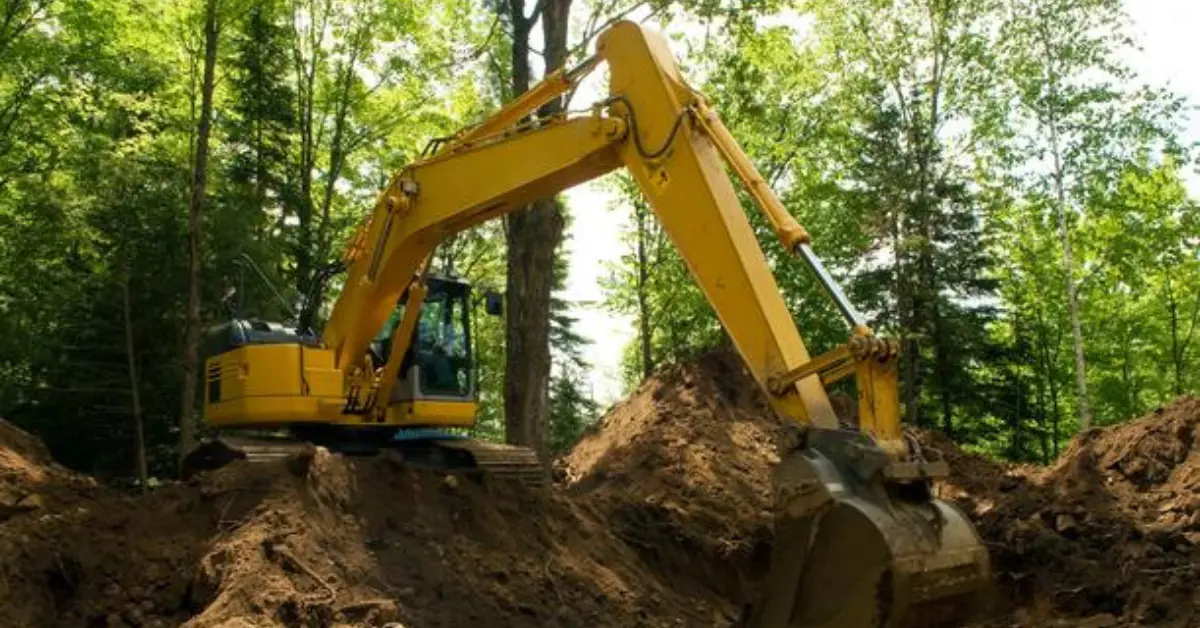
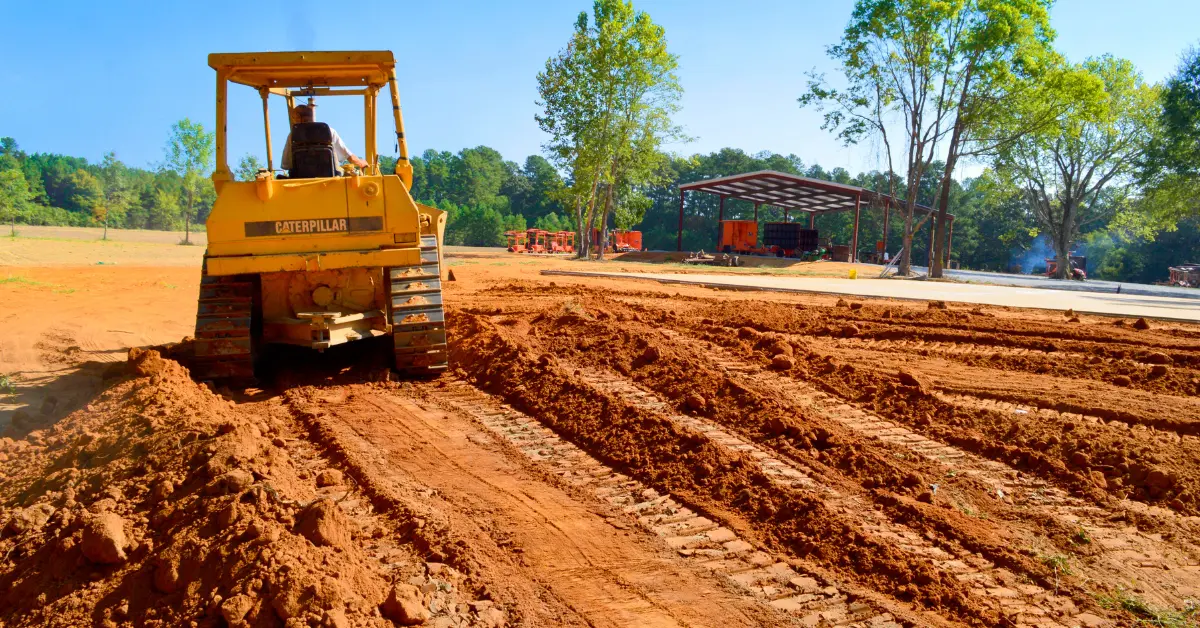
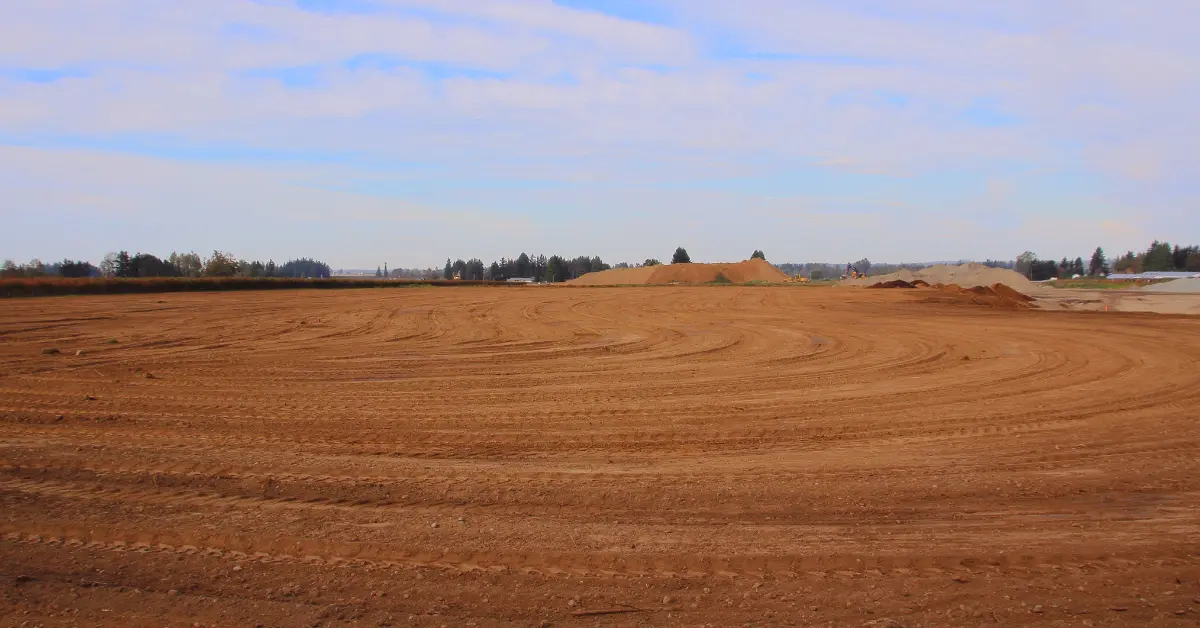



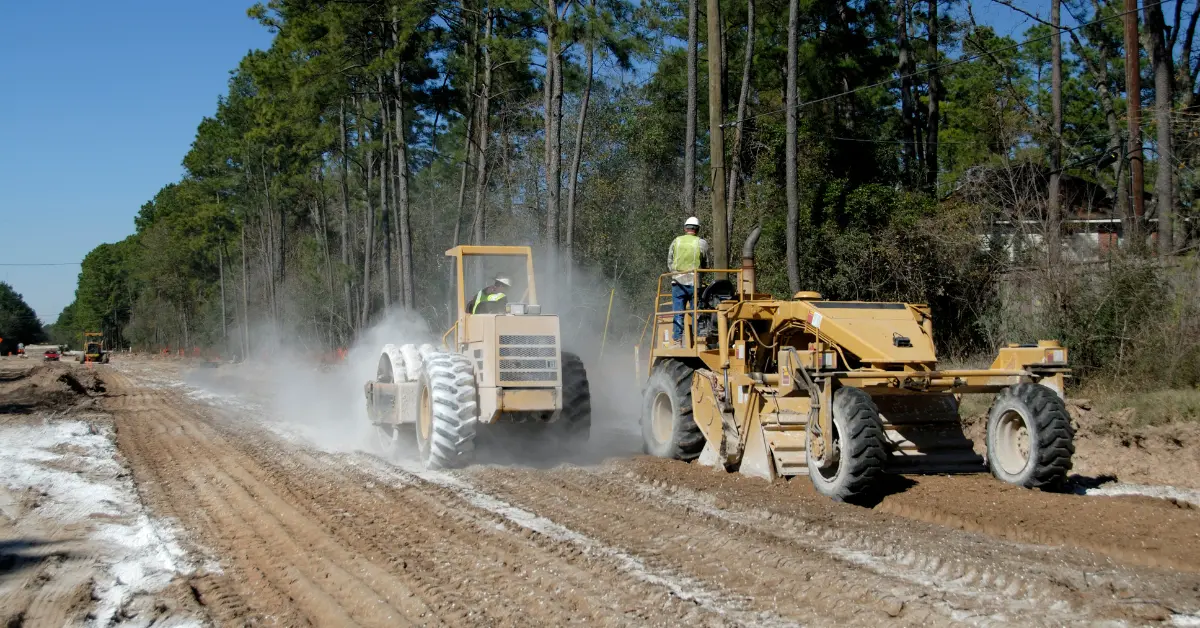




.jpg)

